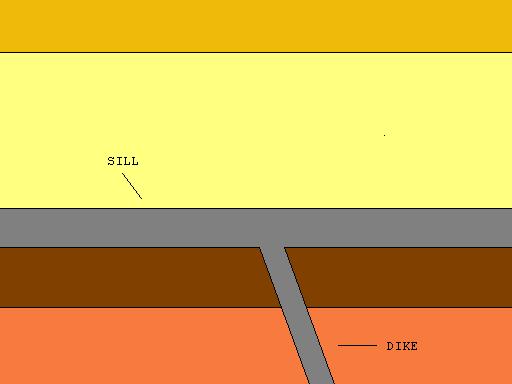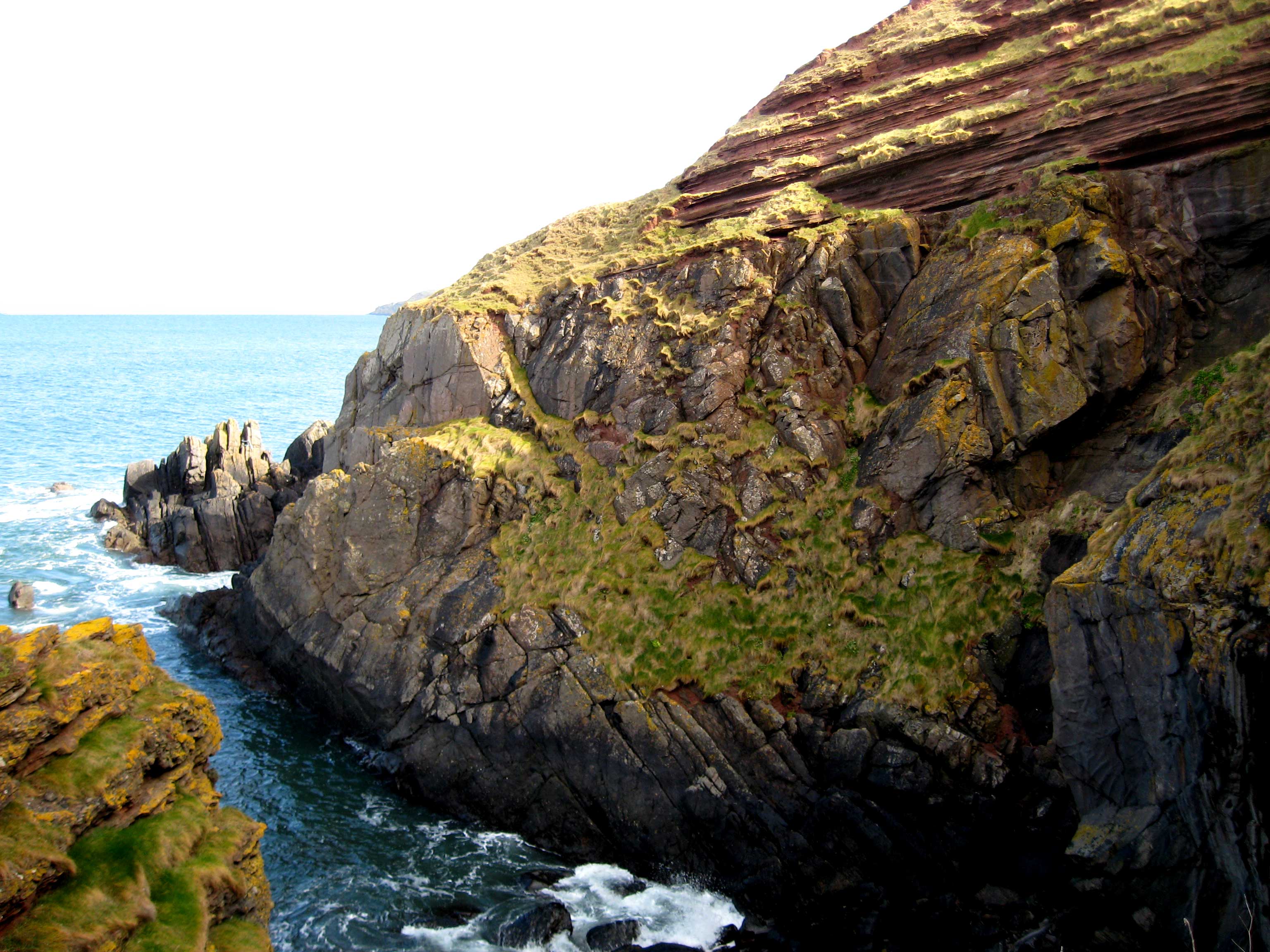|
Clee Hill
Titterstone Clee Hill, sometimes referred to as Titterstone Clee or Clee Hill, is a prominent hill in the rural England, English county of Shropshire, rising at the summit to above sea level. It is one of the Clee Hills, in the Shropshire Hills Area of Outstanding Natural Beauty. The nearest town to the hill is Ludlow, which can be seen from parts of Cleehill village. Geography Titterstone Clee is the third-highest hill in Shropshire, surpassed only by the nearby Brown Clee Hill () and Stiperstones (). Much of the higher part of the hill is common land, used for the grazing of sheep, air traffic control services and both working and disused quarry, quarries. The summit of Titterstone Clee is bleak, treeless and shaped by decades of quarrying. Many of the industrial structures still remain. Most of the summit of the hill is affected by man-made activity, the result of hill fort construction during the Bronze and Iron Ages and, more recently, by years of mining for coal and quar ... [...More Info...] [...Related Items...] OR: [Wikipedia] [Google] [Baidu] |
Brown Clee Hill
Brown Clee Hill is the highest hill in the rural English county of Shropshire, at above sea level. It is one of the Clee Hills, and is in the Shropshire Hills Area of Outstanding Natural Beauty. Geography Brown Clee Hill lies five miles north of its sister and neighbour, Titterstone Clee Hill. The highest peak of the hill is Abdon Burf, at 540 metres high with Clee Burf at 510m. Much more of Brown Clee Hill is private land than on Titterstone Clee, and large areas are covered with coniferous plantations. The eastern expanse of the hill is in possession of the Burwarton Estate under ownership of Viscount Boyne, whilst the western fringes of the hill are owned by various private land owners and the parish of Clee St. Margaret. The common land features the remains of where an Iron Age hill fort once stood ''(See Below)''. Nearby towns are Ludlow, Cleobury Mortimer, Church Stretton, Broseley, Bridgnorth and Much Wenlock. Several air traffic control radar masts on the summi ... [...More Info...] [...Related Items...] OR: [Wikipedia] [Google] [Baidu] |
Cleeton St Mary
Cleeton St Mary (or Cleeton) is a small village in south Shropshire, England. It lies on the northeast slope of Titterstone Clee Hill, at an elevation of above sea level. Cleeton forms part of the civil parish of Bitterley, even though the parish largely exists on the other side of Titterstone Clee, and Cleeton is effectively detached (by road). Cleeton St Mary is a parish ward. Large areas of common land remain around the village; the countryside here is largely pasture (for grazing of sheep and horses), woodland and moorland. The church of Saint Mary (Church of England) is situated here but is relatively new, being built in the second half of the 19th century (along with the schoolhouse). A Church Near You Cleeton is mentioned in the |
Fault (geology)
In geology, a fault is a planar fracture or discontinuity in a volume of rock across which there has been significant displacement as a result of rock-mass movements. Large faults within Earth's crust result from the action of plate tectonic forces, with the largest forming the boundaries between the plates, such as the megathrust faults of subduction zones or transform faults. Energy release associated with rapid movement on active faults is the cause of most earthquakes. Faults may also displace slowly, by aseismic creep. A ''fault plane'' is the plane that represents the fracture surface of a fault. A ''fault trace'' or ''fault line'' is a place where the fault can be seen or mapped on the surface. A fault trace is also the line commonly plotted on geologic maps to represent a fault. A ''fault zone'' is a cluster of parallel faults. However, the term is also used for the zone of crushed rock along a single fault. Prolonged motion along closely spaced faults can blur the ... [...More Info...] [...Related Items...] OR: [Wikipedia] [Google] [Baidu] |
Westphalian (stage)
The Westphalian is a stage in the regional stratigraphy of northwest Europe with an age between roughly 313 and 304 Ma (million years ago). It is a subdivision of the Carboniferous system or period and the regional Silesian series. The Westphalian is named for the region of Westphalia (German: ''Westfalen'') in western Germany where strata of this age occur. The Coal Measures of England and Wales are also largely of Westphalian age though they also extend into the succeeding Stephanian. The Westphalian age is preceded by the Namurian stage/age (which corresponds to the Millstone Grit Series of Great Britain) and succeeded by the Stephanian stage/age (which corresponds to the uppermost part of the Coal Measures of Great Britain). In the official geologic timescale of the ICS, the Westphalian is placed within the Pennsylvanian epoch (318-299 Ma).F M Gradstein, J G Ogg, A G Smith et al 2004, ‘A Geologic Time Scale 2004’. The (regionally defined) Westphalian stage corres ... [...More Info...] [...Related Items...] OR: [Wikipedia] [Google] [Baidu] |
Coal
Coal is a combustible black or brownish-black sedimentary rock, formed as rock strata called coal seams. Coal is mostly carbon with variable amounts of other elements, chiefly hydrogen, sulfur, oxygen, and nitrogen. Coal is formed when dead plant matter decays into peat and is converted into coal by the heat and pressure of deep burial over millions of years. Vast deposits of coal originate in former wetlands called coal forests that covered much of the Earth's tropical land areas during the late Carboniferous ( Pennsylvanian) and Permian times. Many significant coal deposits are younger than this and originate from the Mesozoic and Cenozoic eras. Coal is used primarily as a fuel. While coal has been known and used for thousands of years, its usage was limited until the Industrial Revolution. With the invention of the steam engine, coal consumption increased. In 2020, coal supplied about a quarter of the world's primary energy and over a third of its electricity. Some iron ... [...More Info...] [...Related Items...] OR: [Wikipedia] [Google] [Baidu] |
Seatearth
Seatearth is a British coal mining term, which is used in the geological literature. As noted by Jackson,Jackson, J.A., 1997, ''Glossary of geology'', 4th ed. American Geological Institute, Alexandria. a seatearth is the layer of sedimentary rock underlying a coal seam. Seatearths have also been called seat earth, "seat rock", or "seat stone" in the geologic literature. Depending on its physical characteristics, a number of different names, such as underclay, fireclay, flint clay, and ganister can be applied to a specific seatearth. Underclay Underclay is a seatearth composed of soft, dispersible clay or other fine-grained sediment, either immediately underlying or forming the floor of a coal seam. Underclay typically contains the fossil roots and exhibits noticeably developed soil structures. It often has been altered by weathering. Underclays, which occur within Carboniferous coal measures, commonly contain Stigmarian roots. Synonyms for underclay included seat clay, root clay, ... [...More Info...] [...Related Items...] OR: [Wikipedia] [Google] [Baidu] |
Catherton Common
Catherton Common is a nature reserve of the Shropshire Wildlife Trust, between Cleehill and Cleobury Mortimer in Shropshire, England. It is heathland, designated a Site of Special Scientific Interest. ''''. Retrieved 30 September 2021. Description The area of the reserve is ; it is an uncultivated landscape, in which houses and smallholdings are dispersed. There is heather, including , and[...More Info...] [...Related Items...] OR: [Wikipedia] [Google] [Baidu] |
Carboniferous Limestone
Carboniferous Limestone is a collective term for the succession of limestones occurring widely throughout Great Britain and Ireland that were deposited during the Dinantian Epoch of the Carboniferous Period. These rocks formed between 363 and 325 million years ago. Within England and Wales, the entire limestone succession, which includes subordinate mudstones and some thin sandstones, is known as the Carboniferous Limestone Supergroup. Depositional basins Within Great Britain the suite of rocks known traditionally as the Carboniferous Limestone Series was deposited as marine sediments in three distinct ‘provinces’ separated by contemporary landmasses. One of these landmasses was the Wales-London-Brabant Massif, an east–west aligned belt of land stretching through central Wales and the English Midlands to East Anglia and on into Belgium. The limestones deposited to its south form a distinct South Wales-Mendip province which extends from Pembrokeshire in the west through ... [...More Info...] [...Related Items...] OR: [Wikipedia] [Google] [Baidu] |
Unconformity
An unconformity is a buried erosional or non-depositional surface separating two rock masses or strata of different ages, indicating that sediment deposition was not continuous. In general, the older layer was exposed to erosion for an interval of time before deposition of the younger layer, but the term is used to describe any break in the sedimentary geologic record. The significance of angular unconformity (see below) was shown by James Hutton, who found examples of Hutton's Unconformity at Jedburgh in 1787 and at Siccar Point in 1788. The rocks above an unconformity are younger than the rocks beneath (unless the sequence has been overturned). An unconformity represents time during which no sediments were preserved in a region or were subsequently eroded before the next deposition. The local record for that time interval is missing and geologists must use other clues to discover that part of the geologic history of that area. The interval of geologic time not represented is ... [...More Info...] [...Related Items...] OR: [Wikipedia] [Google] [Baidu] |
Sill (geology)
In geology, a sill is a tabular sheet intrusion that has intruded between older layers of sedimentary rock, beds of volcanic lava or tuff, or along the direction of foliation in metamorphic rock. A ''sill'' is a ''concordant intrusive sheet'', meaning that a sill does not cut across preexisting rock beds. Stacking of sills builds a sill complex . and a large magma chamber at high magma flux. In contrast, a dike is a discordant intrusive sheet, which does cut across older rocks. Sills are fed by dikes, except in unusual locations where they form in nearly vertical beds attached directly to a magma source. The rocks must be brittle and fracture to create the planes along which the magma intrudes the parent rock bodies, whether this occurs along preexisting planes between sedimentary or volcanic beds or weakened planes related to foliation in metamorphic rock. These planes or weakened areas allow the intrusion of a thin sheet-like body of magma paralleling the existing bedding pla ... [...More Info...] [...Related Items...] OR: [Wikipedia] [Google] [Baidu] |
Old Red Sandstone
The Old Red Sandstone is an assemblage of rocks in the North Atlantic region largely of Devonian age. It extends in the east across Great Britain, Ireland and Norway, and in the west along the northeastern seaboard of North America. It also extends northwards into Greenland and Svalbard. These areas were a part of the ancient continent of Euramerica, Euramerica/Laurussia. In Britain it is a lithostratigraphy, lithostratigraphic unit (a sequence of rock strata) to which Stratigraphy, stratigraphers accord Geological unit#Lithostratigraphic units, supergroup status and which is of considerable importance to early paleontology. For convenience the short version of the term, ORS is often used in literature on the subject. The term was coined to distinguish the sequence from the younger New Red Sandstone which also occurs widely throughout Britain. Sedimentology The Old Red Sandstone describes a suite of sedimentary rocks deposited in a variety of environments during the Devonian ... [...More Info...] [...Related Items...] OR: [Wikipedia] [Google] [Baidu] |




